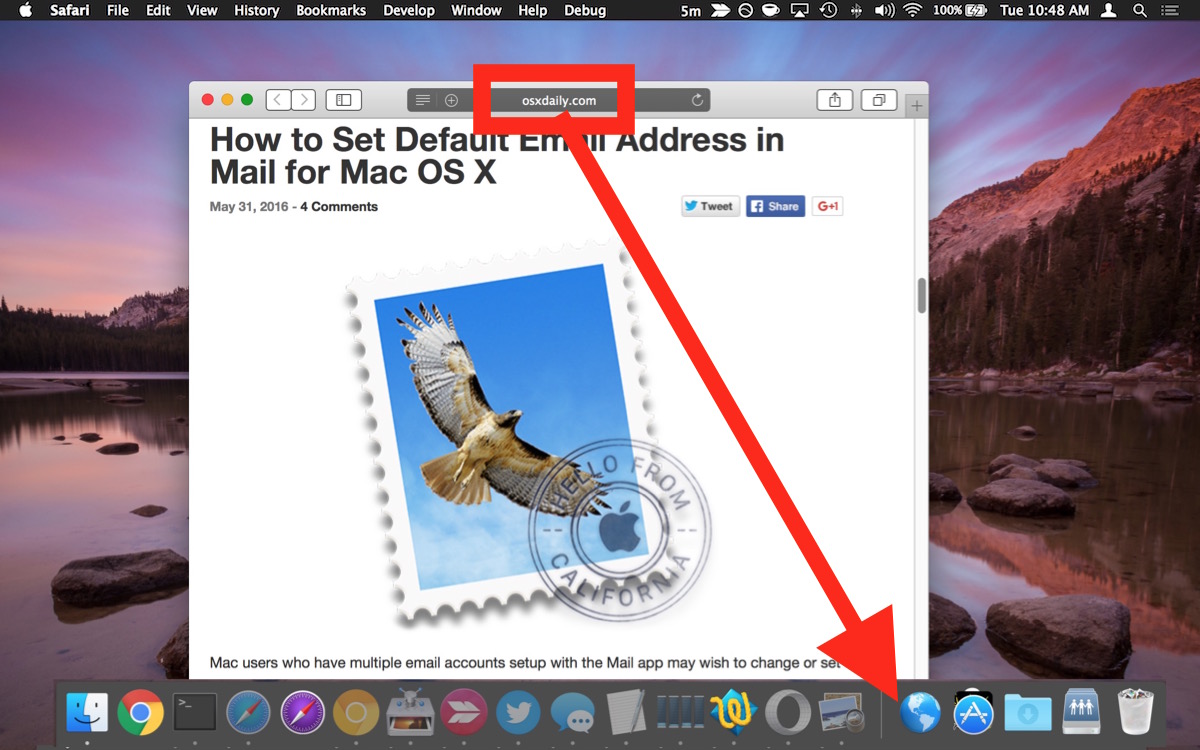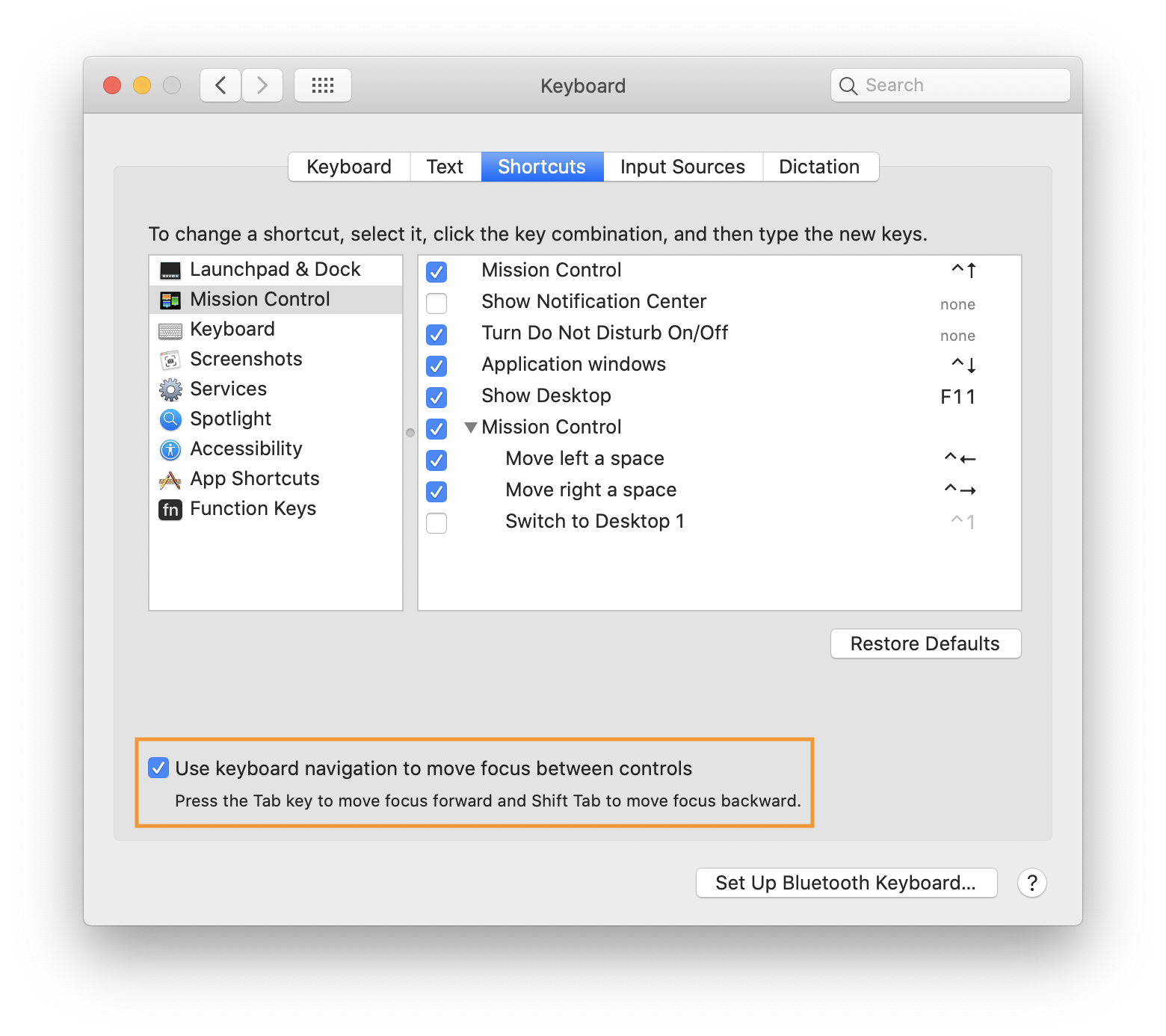

The script will prompt you to enter the three pieces of information from above. Run the script by typing './makeApp.sh' into the Terminal window. With these three things in hand, you're ready to create the application shortcut. I saved the png to my Desktop with the name 'analyticsIcon.png' I found this analytics icon in the Fluid Icons Flickr group. icns Mac icon, just add it to the application after creating it. If you don't include an icon, you'll just get a default icon.
/DeleteNewTabShortcutsChrome3-70fab4ca188b4520990f9b54dd69613c.jpg)
For this example, I'm going to create an app for Google Analytics. Prepare the app The next step is to decide what site you want to use to create an Application Shortcut. Make sure that the script is executable with the command 'chmod +x makeApp.sh'.

Once you've launched the terminal, change to the directory where you saved the script (e.g., type 'cd ~/Desktop' if you saved the script on your Desktop). To run the script, you'll need to open up Terminal.app, which you can find through Spotlight or in your Applications folder. Either way, here's a quick run down about how to create an Application Shortcut using the script.ĭownload the script To get started creating your own Chrome application shortcuts on your Mac, download the script from here, and save it to your Desktop (or wherever you'd like). If you've ever run a shell script before, it should be pretty obvious how this script works. It also lets you manage separate profiles for each of your web apps, letting you easily handle multiple logins, or have different sets of extension for each app. This allows you to manage your web applications along side your desktop apps. SSBs basically provide a single purpose application that launches a single web site with it's own window, process, and icon. We haven't talked much about site-specific-browsers or application shortcuts (Chrome's version of SSBs), but they can be a great way to make your web applications feel more like desktop apps. The script basically automates a solution that I found when looking around online, at the end of this post. While other options exist to create site specific browsers (SSB) based on Firefox (Prism) or Safari (Fluid), I'm a big fan of Chrome, so I wrote a little script that lets you create your own Chrome application shortcuts on a Mac.

Unfortunately, application shortcuts are disabled in Chrome for Macs. One of the best features of Chrome is the ability to create "application shortcuts" that let you launch web sites as stand alone applications.


 0 kommentar(er)
0 kommentar(er)
